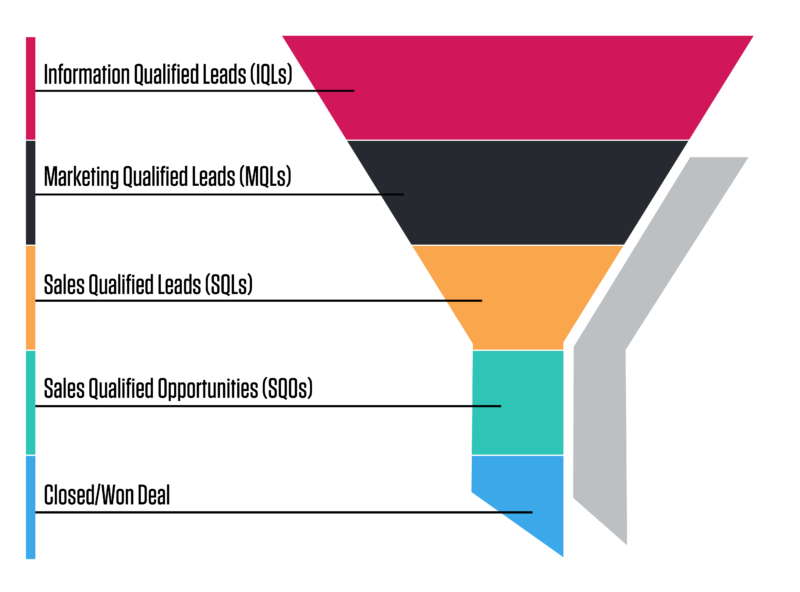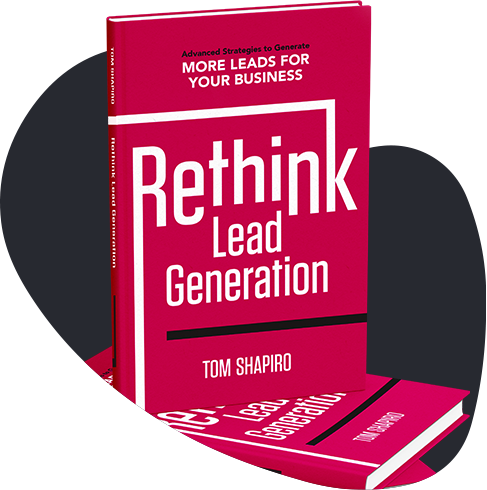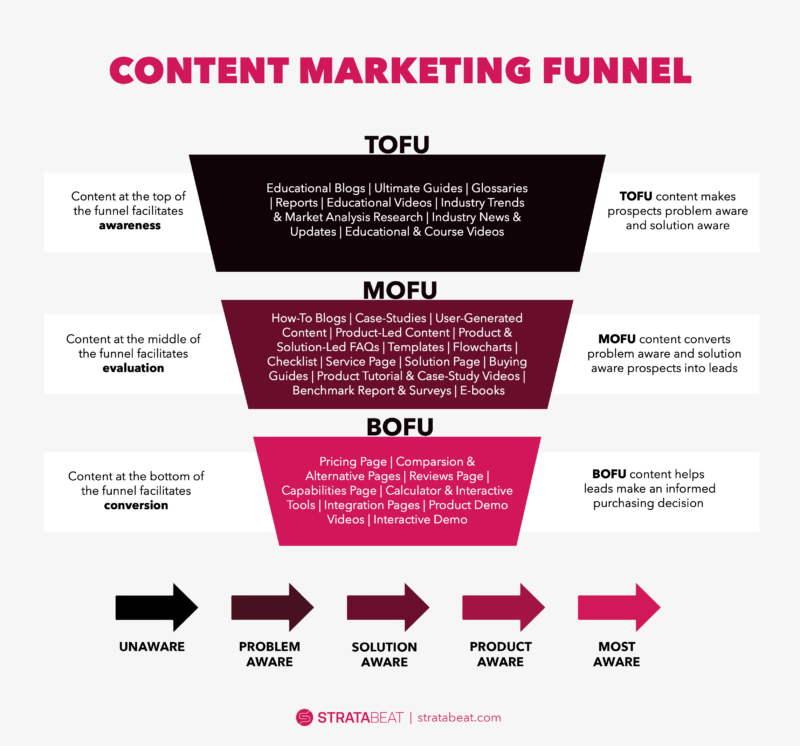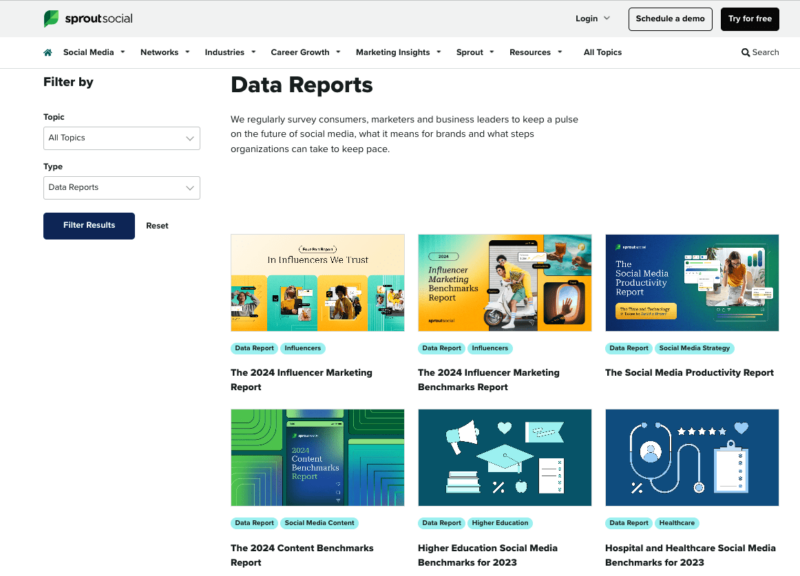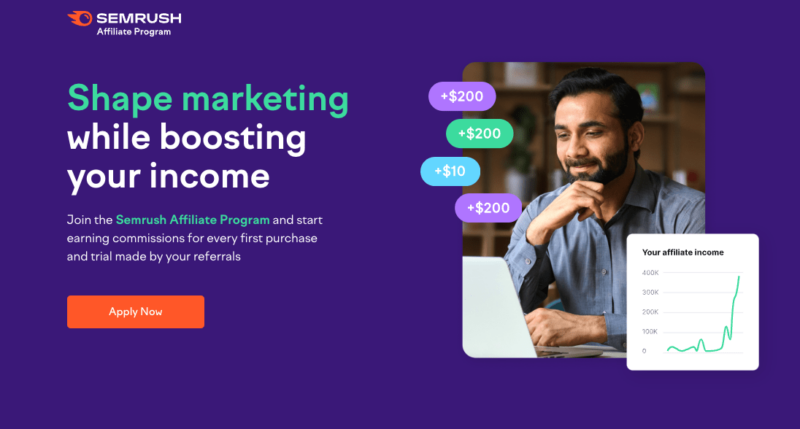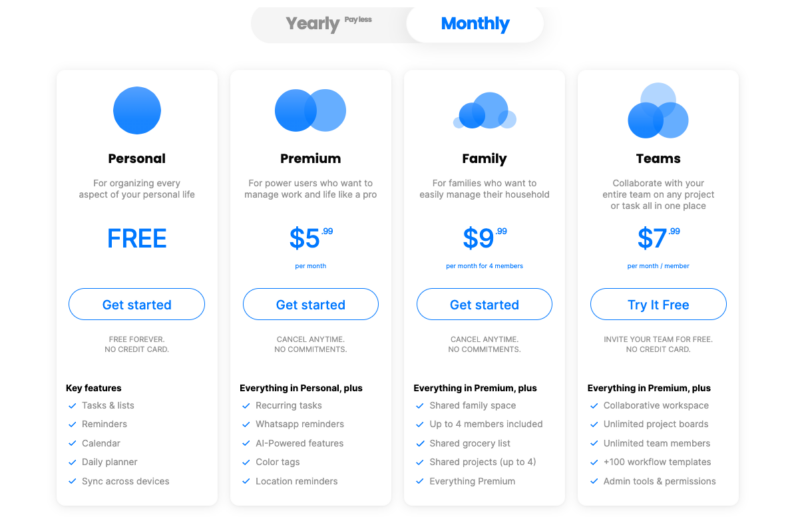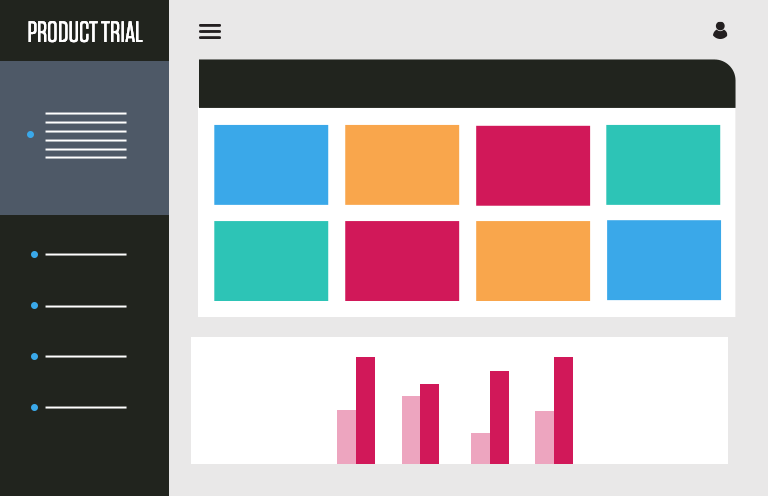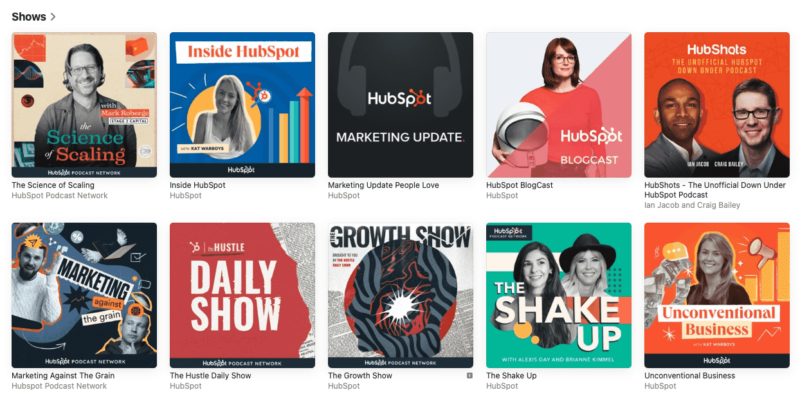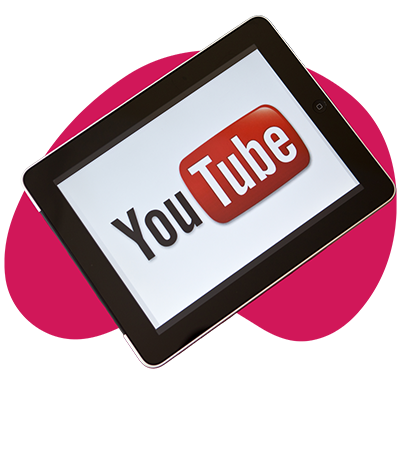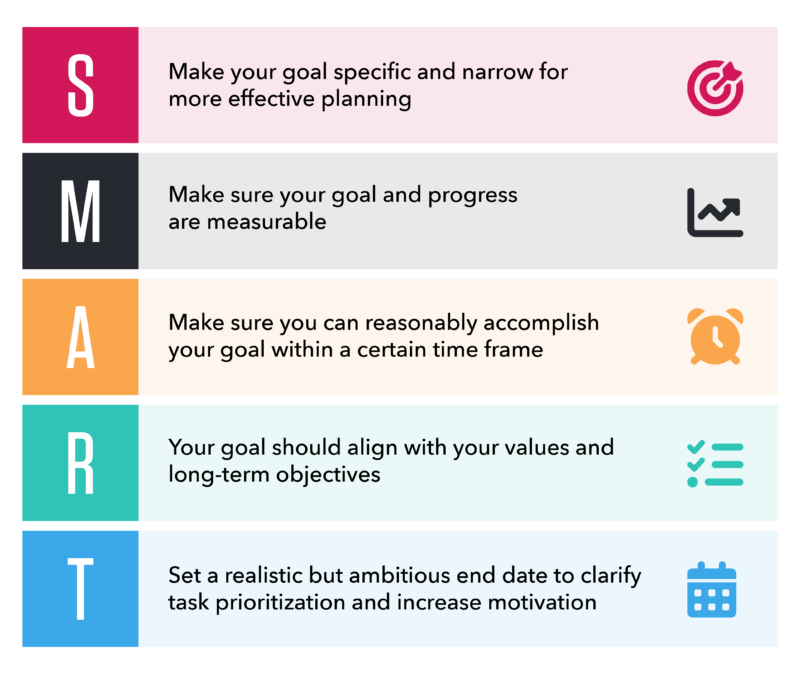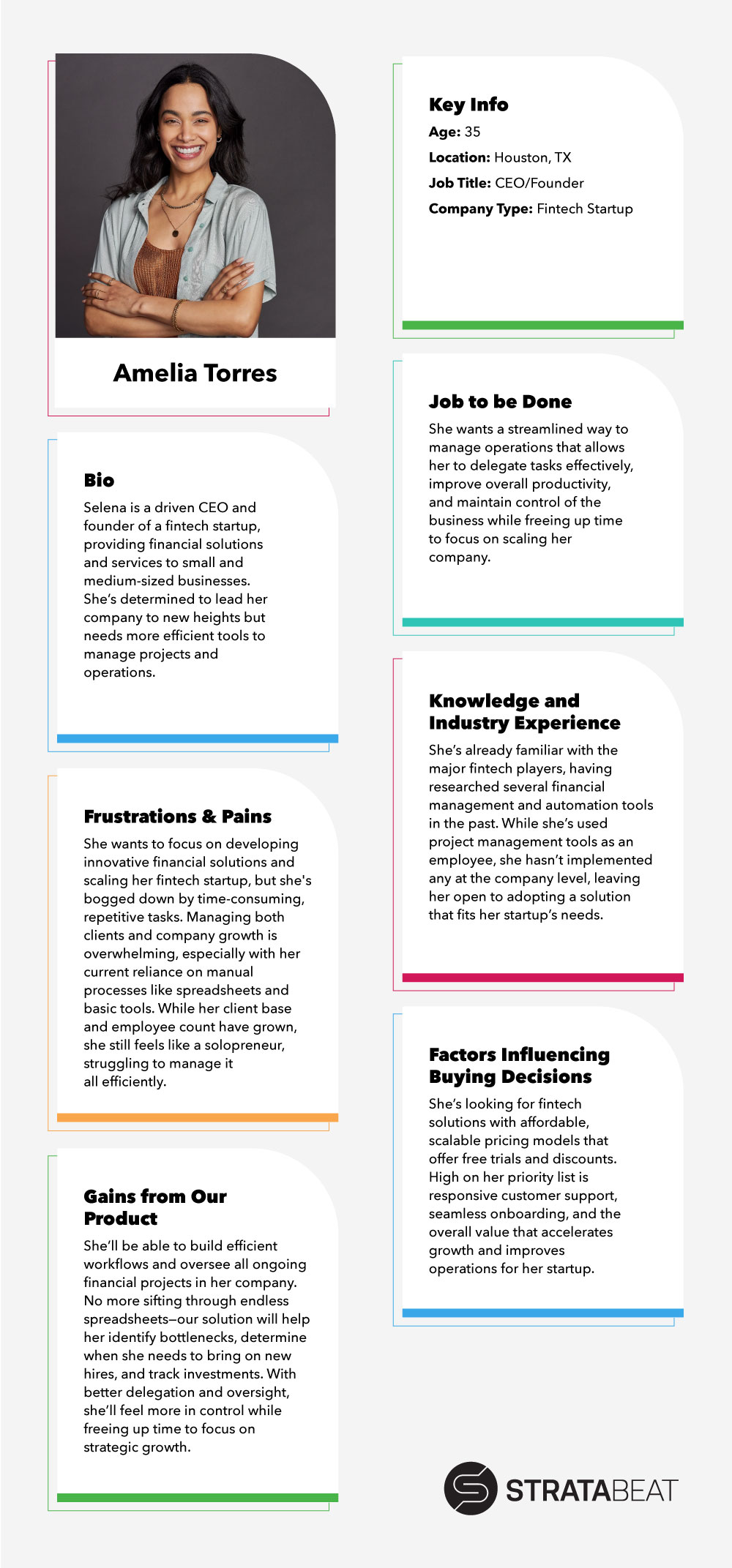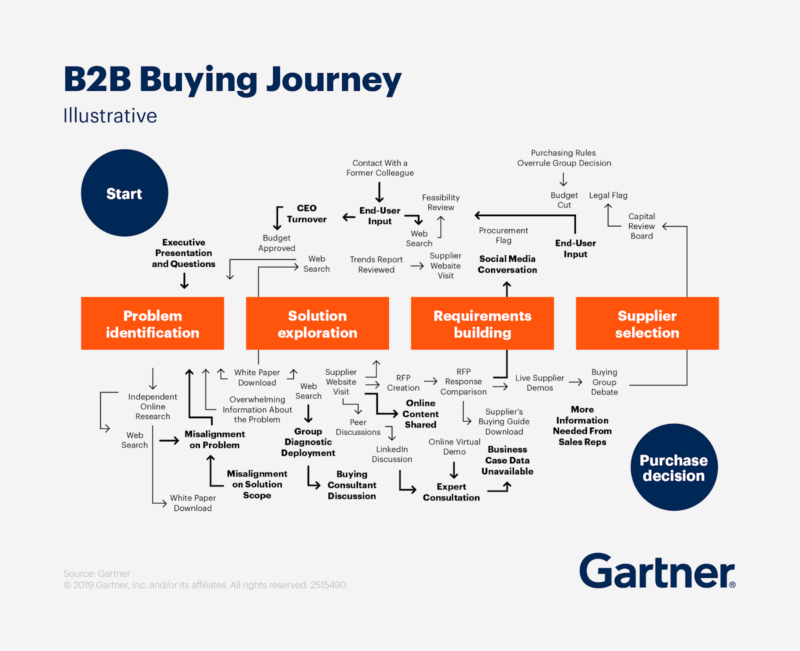11 Must-Do Strategies for B2B SaaS Lead Generation
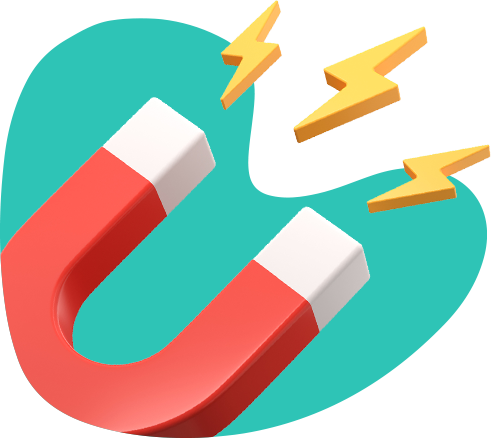
Key Takeaways
- A great product isn’t enough: Building a top-notch SaaS product is only half the battle; a strong go-to-market and lead generation strategy is essential for growth.
- Understanding the lead generation funnel: The process starts with Information Qualified Leads (IQLs) and moves through Marketing Qualified Leads (MQLs), Sales Qualified Leads (SQLs), to Sales Qualified Opportunities (SQOs).
- Lead qualification is key: Not every lead is a perfect fit; qualifying and nurturing them ensures your team focuses on prospects most likely to convert.
- Multi-channel strategy matters: Combining organic channels like SEO and content marketing with paid tactics such as PPC and social ads maximizes reach and engagement.
- Visual content boosts conversions: Integrating visuals (screenshots, videos, infographics) into your content helps demonstrate product value and improves lead conversion.
- Free trials and demos lower barriers: Offering free trials or product demos allows prospects to experience your tool firsthand, reducing risk and building trust.
- Email marketing drives relationships: Personalized, segmented email campaigns are critical for nurturing leads and guiding them through the customer journey.
- Original research and case studies build credibility: Unique data insights, customer testimonials, and case studies provide social proof and position your brand as a thought leader.
- Affiliate and referral programs expand reach: Incentivizing existing customers and partners to refer new leads can be a low-risk, high-reward strategy.
- Data-driven continuous improvement: Setting SMART goals, mapping customer journeys, and using analytics to refine strategies ensures sustainable lead generation and growth.
Building a great SaaS product is only half the battle. Next comes a go-to-market strategy that will attract customers and scale your business.
But traditional lead generation tactics feel like throwing darts in the dark. It’s easy to be unsure which channels to prioritize and how to engage your target audience. You need a clear, proven roadmap to attract the right prospects and convert them into loyal customers.
In this guide, we introduce what lead generation looks like and highlight the B2B SaaS marketing strategies to drive more sign-ups and subscriptions.
What Does Lead Generation Look Like in B2B SaaS?
What is Different About B2B SaaS Lead Generation?
11 Strategies for Effective B2B SaaS Lead Gen
Social Selling
Social selling involves using social media platforms like LinkedIn and X (previously Twitter) to build relationships, establish authority, and ultimately generate leads.
One of the best ways to engage with your target audience is to share thought leadership content. Think original articles, industry insights, and commentary on relevant trends. By consistently sharing valuable content, you can become an expert in your field.
Why is this important?
Much of the lead nurturing process happens behind the scenes in what’s known as “dark social.” These are private channels like email, direct messages, and private groups.
Social media can help initiate these conversations and drive traffic to your website or landing pages, where you can capture contact information and continue the nurturing process.
Social selling is a long-term game. Consistently share valuable content and engage with your audience. Don’t expect instant results—building trust and relationships takes time.
Webinars and Live Events
Webinars and live events offer a unique real-time opportunity to engage with your target audience.
They’re the perfect platforms for showcasing your industry expertise. Interactive content like Q&A sessions, polls, and live chats also build a sense of community and allow you to address concerns directly. Plus, by requiring registration, you capture valuable lead information like email addresses and job titles. Having targeted follow-up allows for further nurturing.
AssoConnect, for example, used Livestorm’s webinar platform to generate leads for its partnership marketing events. Their webinars helped them increase their average registrations from 50 to 600 per session, with some events attracting over 1,000 registrants.
A combination of factors gets results like this:
- Use a platform that doesn’t require downloads
- Send email reminders to boost attendance
- Use features like chat and Q&A to make your webinars interactive
- Record your webinars to use as ongoing lead generation content on your website
- Focus on topics that solve your audience’s problems or answer their questions
With this strategy, AssoConnect generated up to 300 leads per event, a huge increase over their previous results.
Original Research
Original research, such as studies, surveys, or analyses, positions your brand as a thought leader and authority in your space.
Our 2024 B2B SaaS SEO Performance Report showed that websites conducting original research see an average 50% increase in the top 10 organic ranking keywords, while those without see an 8.1% decline. A higher ranking helps potential leads find you.
Apart from this, unique data and insights are magnets for potential customers. Original research gives them a reason to engage with your brand and consider your solutions.
It also provides a wealth of content you can repurpose across various channels, from blog posts and whitepapers to social media snippets and webinars, to maximize the reach and impact of your findings.
“In terms of high-quality content, original research, evidence-based content, and experience-based content help to engage the increasingly discerning B2B buyer,” Says Tom Shapiro, CEO at Stratabeat.
“Centering content around unique data, stories, and insights is a powerful way to break through all the noise and connect more deeply with the audience. This type of content delivers overwhelming value to the reader, and that’s why I believe we’re going to see more B2B marketers move in this direction.”
Sprout Social, a social media management platform, publishes comprehensive data reports on social media trends, consumer behavior, and industry benchmarks, for example.
These reports solidify Sprout Social’s position as a thought leader in the social media space.
What are they doing right? The company focuses on topics directly relevant to its target audience of social media marketers and professionals.
Their reports are packed with actionable data and statistics, making them valuable resources for decision-makers. They also present their findings in visually engaging formats, making the data easy to digest and share.
Case Studies and Testimonials
Case studies and testimonials are the living proof that your product delivers results and offers a powerful way to connect with potential customers on a deeper level.
And guess what? Content Marketing Institute’s research highlights that 53% of marketers say these customer stories deliver some of their best results.
Think of it this way: your product might be amazing, but your potential customers need more than just your word for it. They need social proof and want to hear from others who’ve walked in their shoes and experienced the benefits firsthand.
But Stephanie Trovato, our Content Director at Stratabeat, adds that you don’t necessarily have to boast big numbers in case studies all the time.
“One of the biggest myths I hear about case studies is that they need to be big, monumental shifts. In reality, an improvement is an improvement; if your company helped accomplish that, then highlight it!”
This is exactly what sales onboarding platform Dock does with its customer stories. Take the digital hospitality platform Marqii, for example. Their case study doesn’t boast mind-blowing numbers, but it tells a relatable story of how Dock helped streamline their sales process and boost customer satisfaction.
It showcases jargon and tells authentic stories of how your product has positively impacted others. Those relatable experiences will resonate with your audience and build the trust needed to turn prospects into paying customers.
Affiliate and Referral Program
Affiliate and referral programs allow you to expand your reach by tapping into the networks of your existing customers and partners.
Affiliate programs incentivize external partners (affiliates) to promote your product in exchange for a commission on every sale or lead generated through their unique referral link. On the other hand, referral programs encourage your existing customers to refer friends and colleagues to your product, often rewarding them with discounts, credits, or other perks.
Here’s why they work:
- You only pay for results, making it a low-risk, high-reward strategy.
- Affiliates and customers can reach audiences you might not have access to, expanding your brand’s visibility.
- Referrals from trusted sources carry more weight than traditional advertising.
With Semrush’s affiliate program, you’ll get everything you need for a successful program:
It offers generous commissions of $200 for every new sale and $10 for every free trial, which encourages affiliates to promote their product actively.
Semrush ensures that affiliates receive credit for any sale or trial that results from a click on their unique referral link, even if the customer doesn’t convert immediately. Thanks to the extended cookie life, affiliates can also earn commissions on conversions that happen within 120 days of the initial click.
What’s more? Semrush provides affiliates with a wide range of marketing materials, including banners, landing pages, and email templates, to make promoting the product easy.
Affiliates receive personalized support and guidance from a dedicated team. Furthermore, top-performing affiliates receive bonuses and rewards, which further motivate them.
Incorporate these features into your own affiliate and referral programs to create a powerful engine for generating leads.
Free Trials
Free trials give potential customers access to your tool for a limited time.
Free trials remove the financial barrier to entry, allowing prospects to explore your product without committing to a purchase. This reduces their perceived risk and makes them more likely to try your product.
Here’s why this works so well: there’s no better way to understand a product than to actually use it. Free trials allow prospects to experience your solution’s features, functionality, and user interface firsthand.
For example, the task management tool Any.do, provides a free trial of its Teams plan.
Ready to offer a free trial?
First, decide whether to require credit card information upfront (opt-out model) or not (opt-in model). Opt-out models typically have higher conversion rates but can deter some potential users.
The ideal trial length varies depending on your product’s complexity and your target audience’s learning curve. Most free trials range from 7 to 30 days.
Make the most of the trial period by providing onboarding resources, tutorials, and proactive support. Engage with users through email, in-app messages, and personalized outreach. Here are some recommended conversion rates from UserPilot:
- 15 to 30% for relatively new products
- 50 to 75% If you already have some time in the market and are using an opt-out free trial
A well-structured free trial program attracts more leads and nurtures them into loyal customers.
Email Marketing
Email marketing uses email to build relationships with potential customers, nurture leads, and drive conversions. It’s a direct line of communication that allows you to deliver targeted messages, share valuable content, and guide prospects through the sales funnel.
With email marketing, you can:
- Deliver personalized email sequences to educate leads about your product, address their pain points, and build trust
- Keep customers informed about new features, enhancements, and upcoming releases
- Share special promotions, discounts, or early access opportunities to incentivize conversions
- Gather valuable insights through surveys and feedback forms to improve your product and customer experience
- Promote webinars, conferences, or live demos to generate interest and capture leads.
But your customer’s journey is no longer linear, as Jaina Mistry, Director of Brand and Content Marketing at Litmus, points out.
“In yesteryear, you’d create a single email nurture featuring a series of emails that are sent over the course of a specific set of days or weeks, talking about your product, services, or features with the goal of a conversion at the end of that email nurture.”
In yesteryear, you’d create a single email nurture featuring a series of emails that are sent over the course of a specific set of days or weeks, talking about your product, services, or features with the goal of a conversion at the end of that email nurture.
Not any more.
Just because someone signed up for a webinar or downloaded an ebook doesn’t mean they want to be sold to—and it definitely doesn’t mean they want someone from your sales team to reach out to them.
But this is the perfect opportunity for email to shine by providing relevant, interesting, and engaging content to net new leads to help them get to know your brand. Build a relationship with new leads by sharing content that will ease their pain points. Position yourself as a trusted partner—before you sell to them.
It’ll take more than a single email nurture post lead gen form fill to convert someone. But it’s the perfect place to put your brand’s best foot forward and make yourself memorable. So when they are ready to buy, your brand will be the first name that comes to them.”
To make the most of email marketing, provide value, and build relationships. Craft compelling subject lines, personalize your messages, and segment your audience for targeted lead generation campaigns.
Build a relationship with new leads by sharing content that will ease their pain points. Position yourself as a trusted partner — before you sell to them.
Podcasts and Sponsored Content
Podcasts and sponsored content offer a unique opportunity to reach your target audience in an engaging and non-intrusive way.
Your target audience can listen to podcasts on-demand, making it convenient for people to consume content while commuting, exercising, or working.
Whereas sponsored content involves partnering with podcasters or other content creators to feature your brand or product in their content. By partnering with podcasts that cater to your target audience, you can reach highly relevant listeners who are more likely to be interested in your product or service.
Creating or sponsoring high-quality podcast content can position your brand as an industry leader and expert, building credibility and trust.
HubSpot, a leading inbound marketing and sales platform, produces multiple podcasts, each catering to a different target audience.
For example, “The Science of Scaling” focuses on strategies for growing businesses, while “Inside HubSpot” offers a behind-the-scenes look at HubSpot’s culture and operations.
Podcasts can help HubSpot reach a wider audience and engage with different segments of their target market.
Whether you’re producing your podcast or sponsoring content, ensure it’s informative, engaging, and relevant to your audience. To maximize reach, share your podcast episodes across your social media channels, email newsletters, and website.
Pop-Ups
Pop-ups are small windows that appear on a website. They are often triggered by specific user actions like scrolling, time spent on the page, or exit intent.
They can contain a variety of content, including:
- Email capture forms: Offer a lead magnet (e.g., ebook, discount code) in exchange for an email address.
- Call-to-action buttons: Encourage visitors to take a specific action, such as signing up for a webinar or starting a free trial.
- Promotional messages: Highlight special offers, product features, or upcoming events.
- Exit-intent offers: Present a last-minute offer to entice visitors about to leave your site.
While pop-ups capture attention and have a very specific, trackable CTA, they’re controversial.
Some marketers swear by their effectiveness in capturing leads, while others decry them as annoying and disruptive.
That’s exactly why you shouldn’t bombard visitors with pop-ups as soon as they land on your site. Wait until they’ve engaged with your content or are about to leave.
Plus, don’t just ask for email addresses. Provide a compelling reason for visitors to share their information, such as a lead magnet or exclusive offer.
Don’t clutter your pop-ups with too much text or too many options. Focus on a single, clear call to action. Lastly, experiment with different types of pop-ups, triggers, and content to find what works best for your audience.
Pop-ups are a great way to capture leads and drive conversions when used judiciously.
Video Marketing
Video marketing uses visual storytelling to convey complex information in an easily digestible format and forge deeper connections with potential customers.
And the numbers don’t lie: research shows that 84% of content marketers have embraced video in the last 12 months, with 53% reporting it as their top-performing content format.
Here are some types of video marketing for B2B SaaS:
- Explainer videos
- Product demos
- Customer testimonials
- Webinars and live events
- Social media videos
“Regarding B2B SaaS products, there’s still sometimes a stigma that videos need to be of high production quality. I nudge clients to embrace simple Loom videos,” says Brodie Mei, director of innovation at Stratabeat. “Rather than just headshot videos of the ELT team talking about the product, demonstrate how it solves specific problems in practice. Buyers want real solutions, not speeches.”
He adds, “With the right person leading these walkthroughs, you’re investing in helpful, personalized content in a preferred format. There’s no risk of AI making the investment redundant, and visitors can finish the walkthrough with the confidence to try out your interactive demo.”
As video marketing continues to evolve, new developments shape its future. Tom Shapiro, CEO of Stratabeat, talks about upcoming trends:
“I think we’re going to see an explosion of AI tools and capabilities specifically for video. Whether video creation/editing/enhancement, or AI-driven personalization, or AI-powered analytics, I sense that AI is going to transform the way that video is used in B2B marketing in the coming years.”
With AI-powered tools, businesses of all sizes could streamline video creation, making high-quality videos more accessible and cost-effective. Imagine generating personalized videos tailored to each prospect or leveraging AI-powered analytics to gain deeper insights into viewer behavior and preferences.
As these technologies evolve, marketers will unlock opportunities to create even better videos. This could translate into even higher engagement rates and superior lead generation results.
How to Create a B2B SaaS Lead Generation Strategy
Select Lead Generation Tools
Lead generation tools streamline your processes, automate tasks, and provide valuable insights to optimize your lead generation strategy. Lead generation tools include:
- Customer Relationship Management (CRM) Systems: These centralize customer data, track interactions, and make sales and marketing work together. Popular options include HubSpot, Salesforce, and Zoho CRM.
- Marketing automation platforms: Automate repetitive tasks like email marketing, lead nurturing, and social media scheduling, freeing up your team to focus on strategic initiatives. Consider Marketo, Pardot, or HubSpot Marketing Hub.
- Content Management Systems (CMS): Manage and publish your website content, blog posts, and landing pages. Popular options include WordPress, Drupal, and Joomla.
- SEO tools: Optimize your website and content for search engines to attract organic traffic. Ahrefs, Semrush, and Moz are powerful tools for keyword research, competitor analysis, and site audits.
- Social media management tools: Schedule posts, track engagement, and analyze social media performance. Buffer, Hootsuite, and Sprout Social are popular choices.
- Email marketing platforms: Create, send, and track email marketing campaigns to nurture leads and communicate with customers. There’s Mailchimp, Constant Contact, and ConvertKit.
- Landing page builders: Create high-converting landing pages to capture leads and promote offers. Unbounce, Instapage, and Leadpages are great tools for this.
- Analytics tools: Measure the effectiveness of your lead generation efforts and track key metrics like website traffic, conversion rates, and ROI. TConsider Google Analytics and HubSpot Analytics.
- Lead enrichment tools: Gather additional information about your leads, such as company size, industry, and job titles, to improve targeting and personalization. Clearbit and ZoomInfo are two options.
- IP detection software: Learn what your prospects’ user experience has looked like up to this point, and it will allow you to conduct account-based outreach accordingly
Mani Iyer, the CEO of Kwanzoo, says that buyer-level website visitor ID is one of the most useful lead gen innovations: “Our Customers have seen as much as 55% of all of their website leads being captured using this new type of tech. Some 28% of all ‘profile-fit’ and ‘ICP-fit’ leads turned over to their SDR / BDR teams were again captured using this tech.”
Identify your must-have features and consider your budget constraints to choose tools that offer the best value for your investment.
